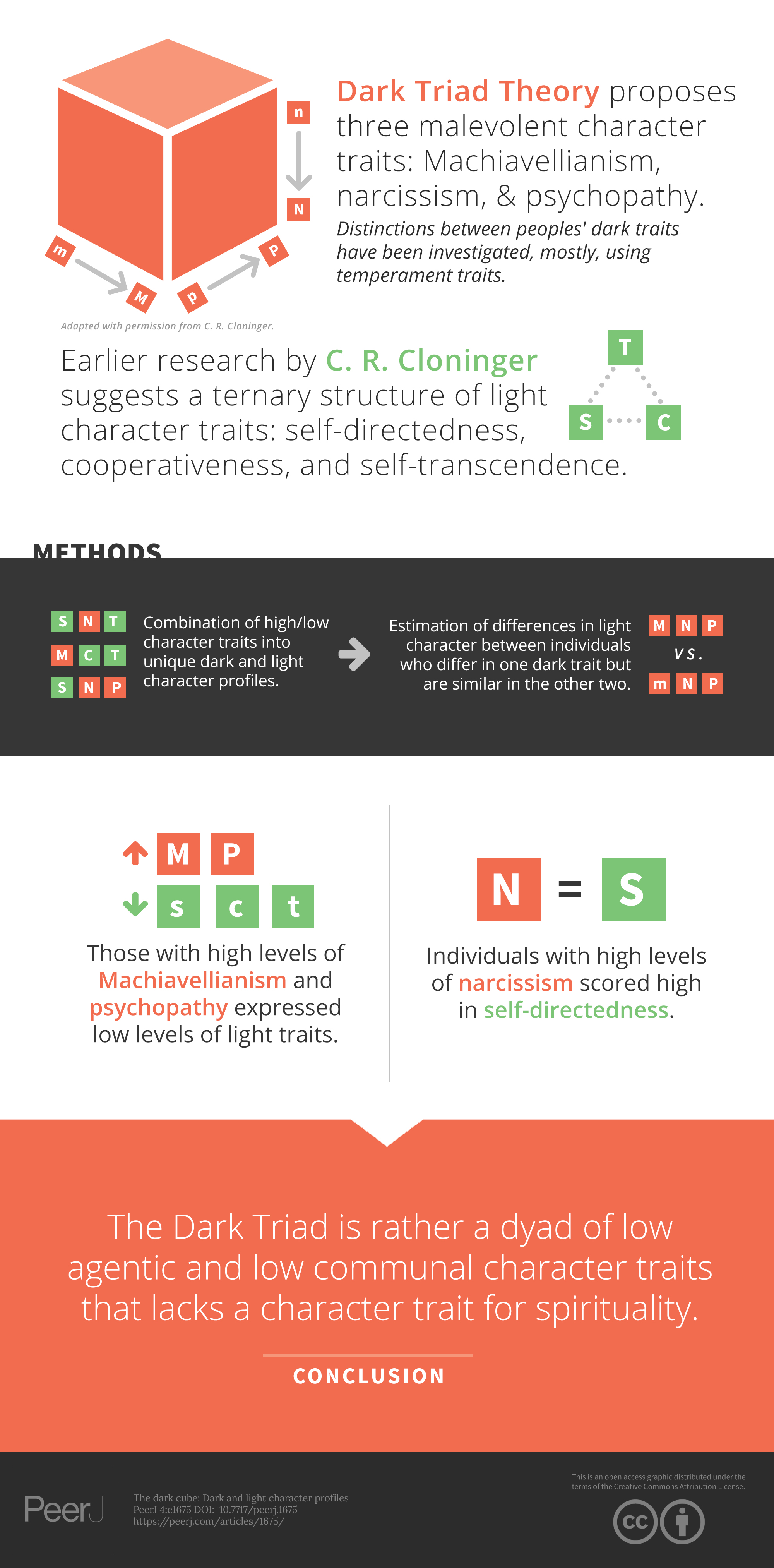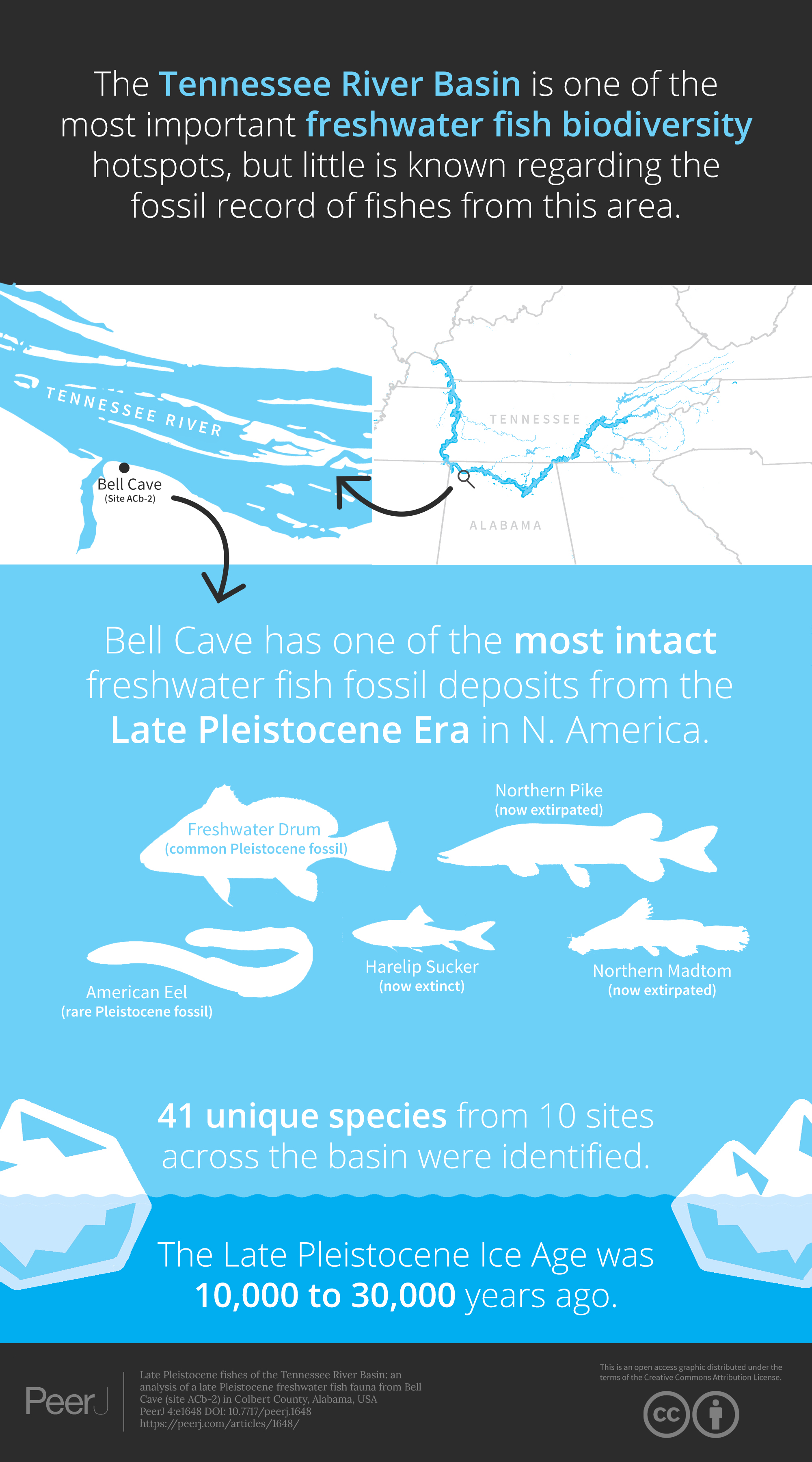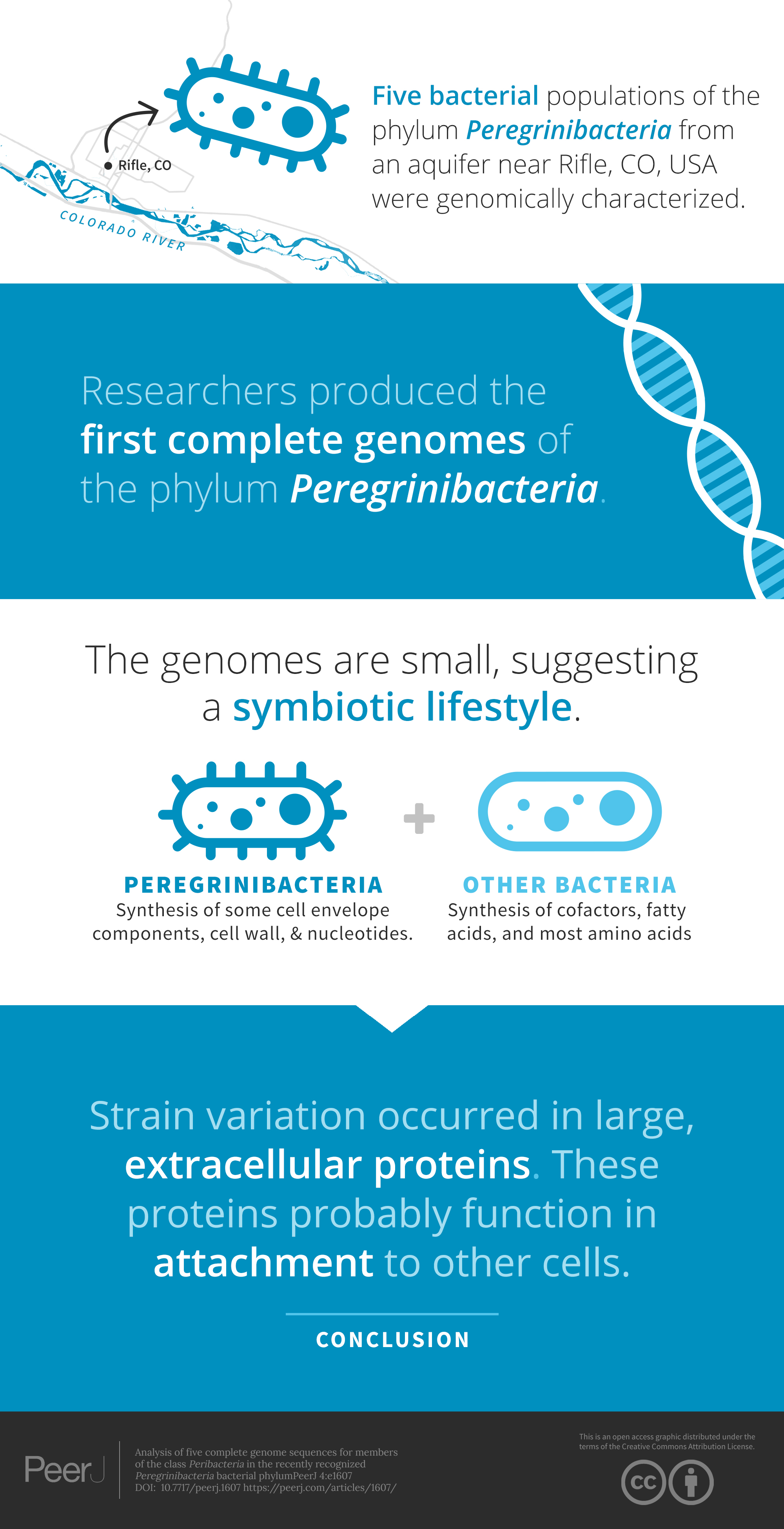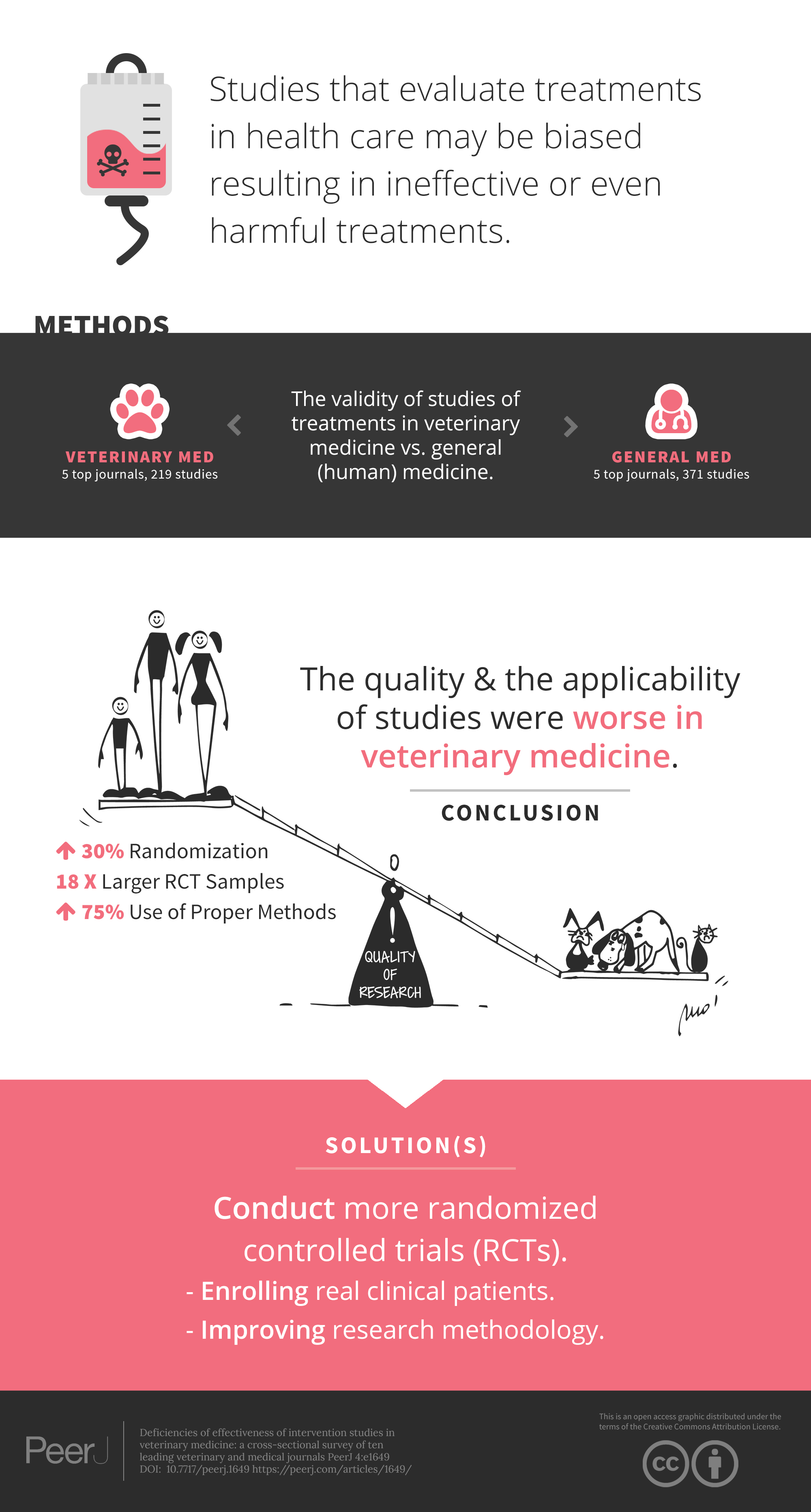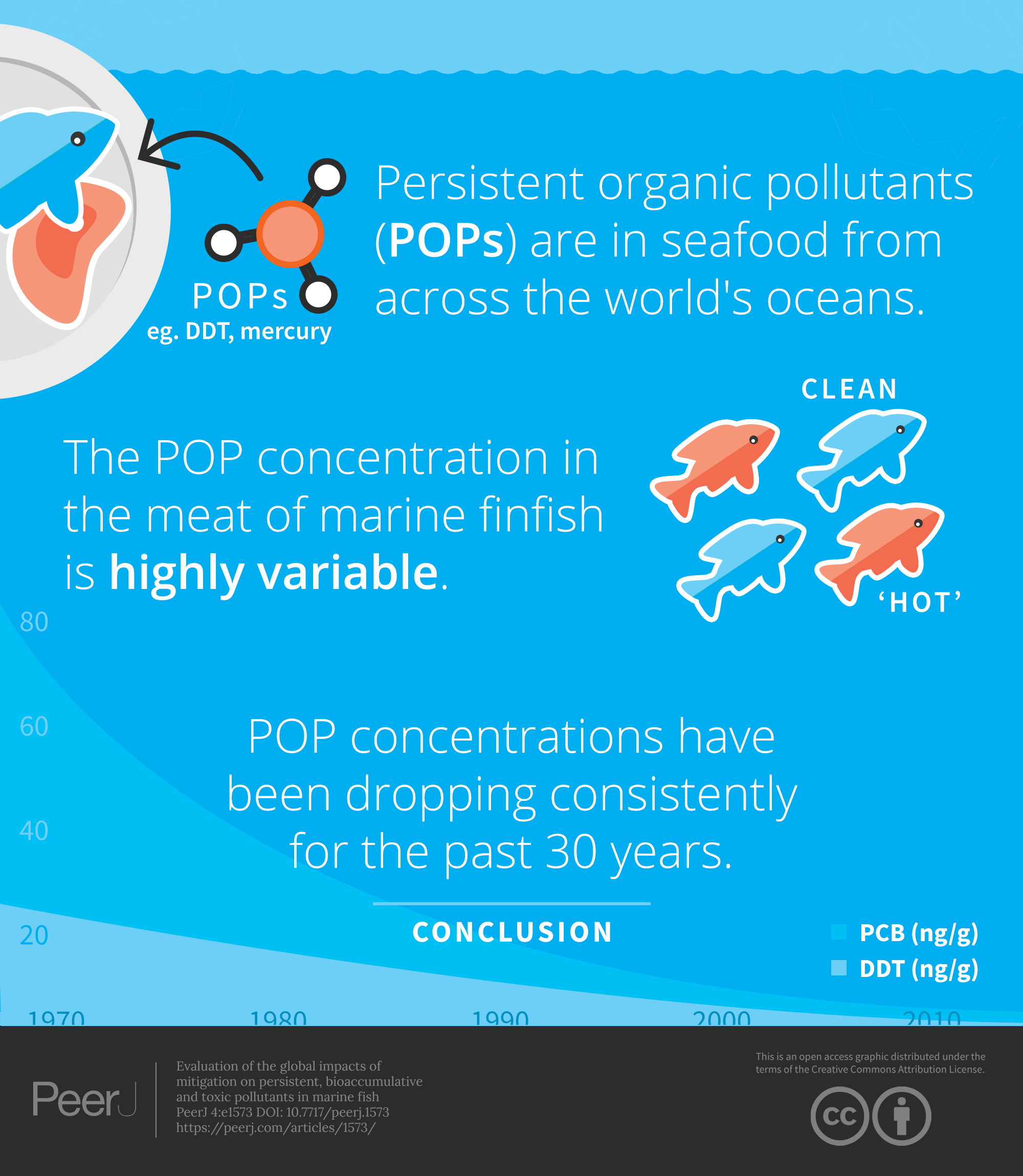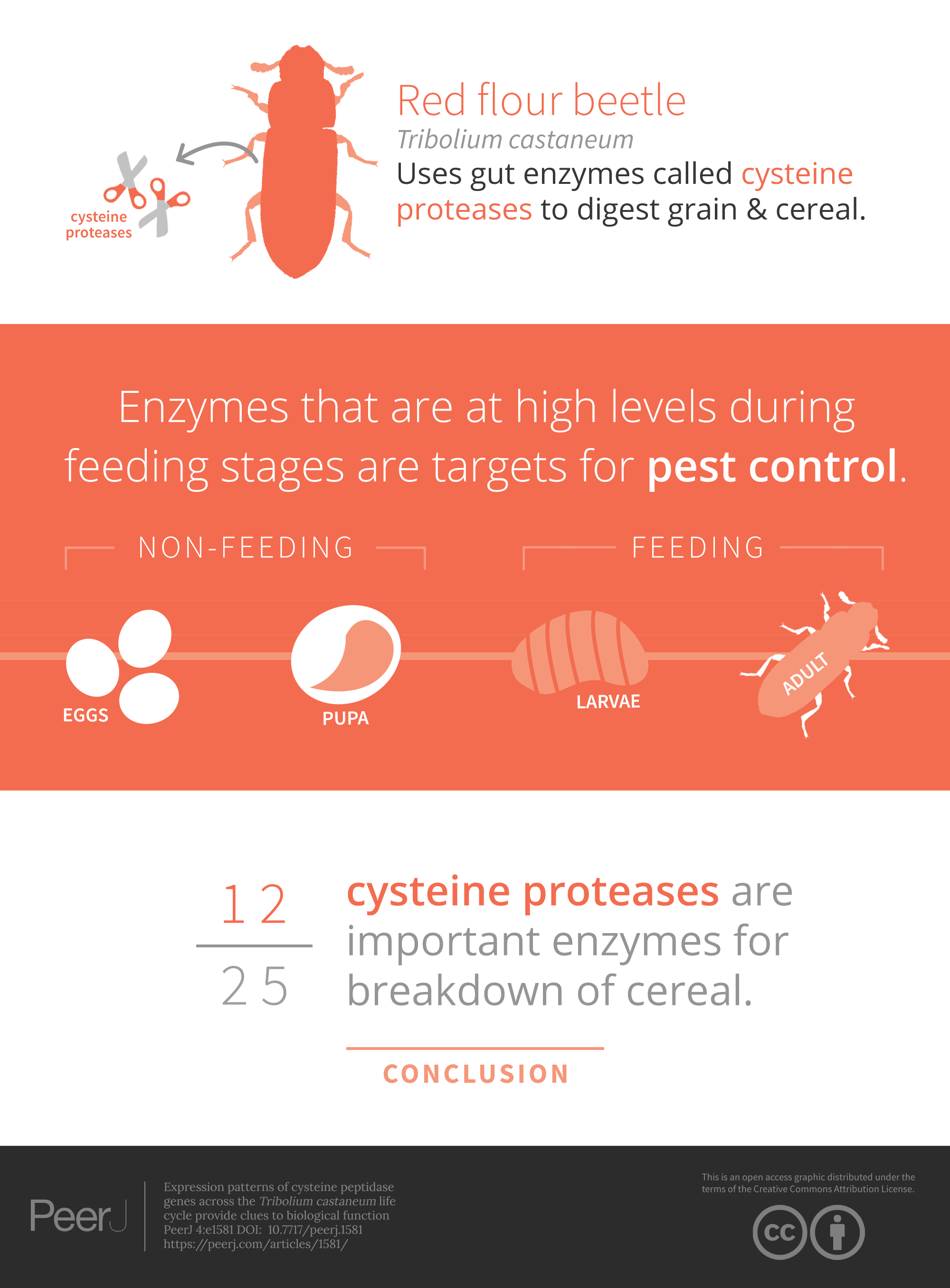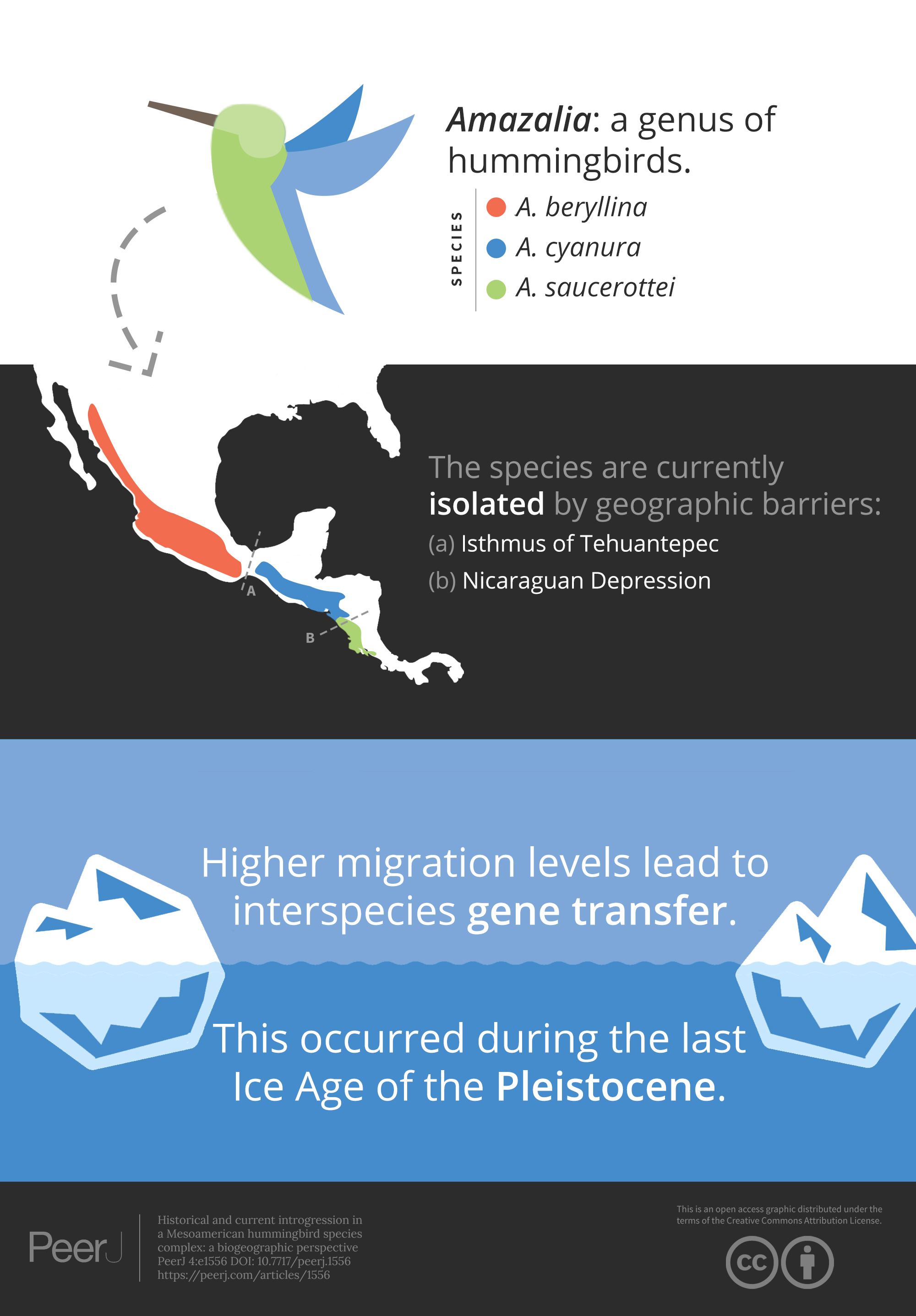The Dark Triad is actually a dyad of dark traits
Current notions of people’s malevolent or dark character suggest three distinct traits: Machiavellianism, narcissism, and psychopathy. However, using dark profiles (i.e., individuals combination of these three dark traits) rather than linear statistics, we here demonstrate that the individuals who are high in Machiavellianism and psychopathy share a unified non-agentic and uncooperative character (i.e., irresponsible, low in self-control, unempathetic, unhelpful, untolerant), while individuals high in narcissism have a more unique character configuration expressed as high agency and, when the other dark traits are high, highly spiritual but uncooperative. In other words, based on differences in their associations to the light side of character (i.e., a ternary construct: self-directedness, cooperativeness, and self-transcendence), the Dark Triad seems to be a dyad rather than a triad.
